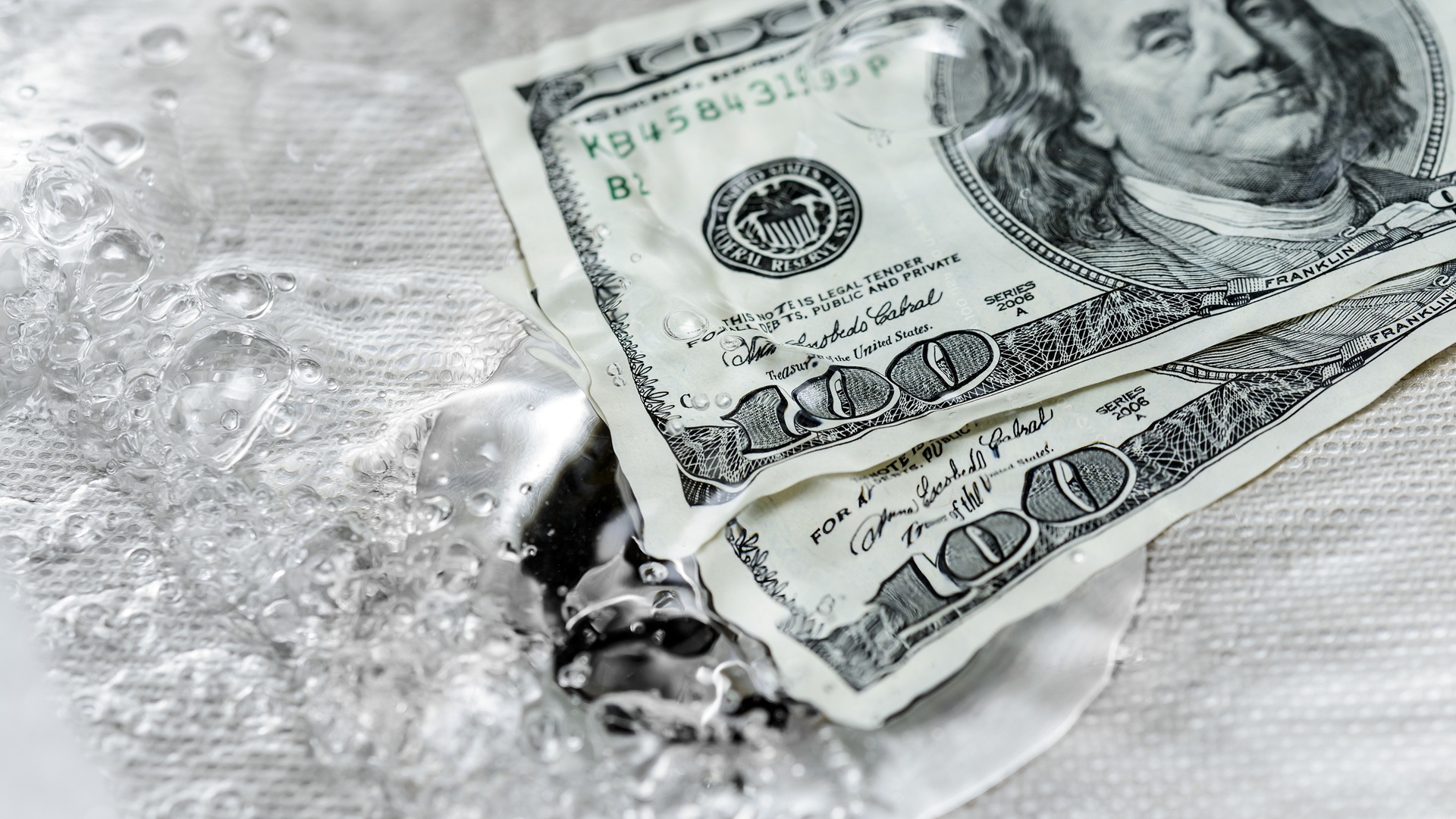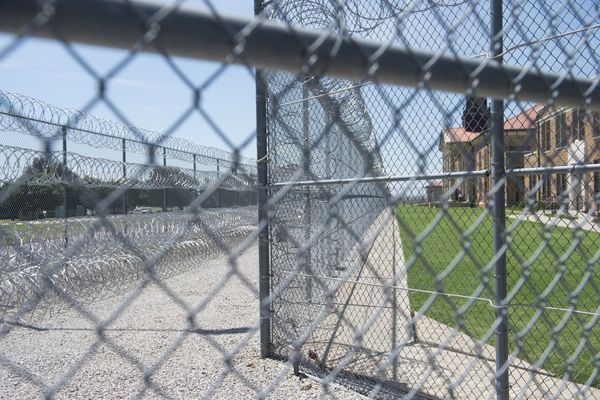
If you often notice your bank account balance getting smaller than expected, the problem could be impulse buys or rising costs from inflation and tariffs. However, your money can also leak due to less obvious reasons, including your banking, saving and borrowing habits.
Find Out: What Class Do You Actually Belong To? The Income Breakdown Might Shock You
Read More: 4 Affordable Car Brands You Won't Regret Buying in 2025
The FINRA Foundation’s National Financial Capability Study found that 56% of Americans struggled to cover their bills and expenses in 2024, and only 38% spent less than they earned.
In a YouTube video, licensed attorney and financial YouTuber Jaspreet Singh discussed the five biggest ways your money is leaking. Learn what may be keeping you from building wealth.
Paying Overdraft Fees
If you don’t stay on top of your transactions and bank account balance, you can lose money to overdraft fees, which often cost up to $35. While a Consumer Financial Protection Bureau rule would have capped these charges to $5 or another justifiable amount starting in October 2025, this relief now won’t go into effect due to congressional appeal.
So you can avoid these fees, Singh recommended asking your bank to automatically decline transactions that would overdraw your account and regularly checking your balance in your bank’s app so you can avoid overspending. You can also set up account alerts and find a bank without overdraft fees.
Vivian Tu: The Simple Money Rule That Can Keep You Out of Debt
Not Doing the Math
While having an emergency fund is smart, stashing all of your cash in a high-yield savings account can cost you a lot of money rather than help you build wealth, especially once you consider your actual return after taxes and inflation.
Singh gave an example of someone who had $10,000 in a savings account earning 3.5% and was in the 25% tax bracket. He found that the after-tax growth was 2.6%, which is less than the year-to-date inflation rate of 2.9%, according to the August 2025 Consumer Price Index data. Plus, you need to consider that inflation for specific categories may be higher than that.
Singh said, “If your money is not growing fast enough after taxes, that means you’re slowly becoming poorer, which is why it is so important for you to be investing your money and not just saving all of your money.”
According to the NYU Stern School of Business, the real annual return for the S&P 500 was 21.54% in 2024 alone, though it has widely varied each year. So before investing, you should keep risk, fluctuating returns and a long-term perspective in mind, and consider finding a financial advisor.
Using Payday Loans
Singh described using a payday loan as “paying the stupid tax,” and explained it becomes an addictive habit that makes lenders rich and keeps borrowers poor. He used an example to illustrate the extreme cost based on a $1,000 two-week payday loan with a $150 to $300 fee.
Singh explained, “This is a 15% to 30% interest rate on just two weeks, which means if we amortized this interest over the course of a year, you’re really paying somewhere between 390% interest to 780% interest a year if you amortize this interest over 12 months.”
For comparison, if you could invest $1,000 and earn a 390% to 780% return for one year, you’d end up with $4,900 to $8,800, according to Calculator.net’s interest calculator. This all shows that taking steps like budgeting, having emergency savings for tight months and investing is better for your wealth.
Not Understanding the Flow of Wealth
When working with your bank, you’ll find the interest rates offered for deposit accounts are much lower than rates charged for loans. Singh explained that the difference between these rates goes to benefit the investors, which is why it’s important for you to have an investor’s mindset.
To see how the return compares for saving versus investing your money, consider Singh’s example with J.P. Morgan Chase. While a basic savings account at your local Chase branch may get you 0.01%, the dividend yield for J.P. Morgan Chase’s stock sits around 2% as of October 2025, or almost 200 times higher.
Paying the Hidden Costs of the Banking System
Singh provided some background details on how banks participate in fractional reserve lending, where they keep some of the cash you deposit on hand and lend out the rest quickly to other banks, which in turn repeat the cycle with their own customers.
He said this system relies on the idea that not everybody will want to withdraw their money at once, and helps contribute to inflation. An important consideration is the Federal Deposit Insurance Corporation, which Singh said protects in case of bank failures, but lacks enough funds to pay out everything. So, the responsibility shifts to the government and, ultimately, to you.
Singh explained, “The United States government gets their money from taxpayers through tax dollars, which means they can raise your taxes to pay off that bad bank, or they can just print that money through the Federal Reserve Bank, which creates more inflation.”
More From GOBankingRates
- 9 Costco Items Retirees Need To Buy Ahead of Fall
- Vivian Tu: The Simple Money Rule That Can Keep You Out of Debt
- 10 Used Cars That Will Last Longer Than the Average New Vehicle
- 7 Luxury SUVs That Will Become Affordable in 2025
This article originally appeared on GOBankingRates.com: 5 Hidden Money Leaks Draining Your Wealth, According to Jaspreet Singh







